
Red Orchestra 2: Heroes of Stalingrad - Review
by Arthur Kabrick , posted on 25 September 2011 / 8,316 ViewsShooters have really become too casual nowadays, right? If only somebody somewhere could develop a hardcore shooter, a war simulator, something similar to real life. If the previous two statements have had you cheering, or nodding in approval, or anything of the sort, you will be pleased to know that Red Orchestra 2 is pretty much the most hardcore shooter ever made. Whether or not that is a good thing depends entirely upon your point of view.
Red Orchestra 2: Heroes of Stalingrad is the sequel to 2006’s Red Orchestra: Ostfront and the second game in the enormously polarising first-person shooter franchise. If there was a lesson to be learned there in the perils of excessive realism, it clearly hasn’t been learned, because Heroes of Stalingrad is profoundly hostile, unnecessarily lifelike, and potentially, though rarely, really quite satisfying.
The game has a single-player campaign, of sorts, in which you play as a German soldier fighting on the Russian front in an attempt to reach and capture Stalingrad. A rather apathetic old man narrates the story during cutscenes consisting largely of still images with a poor resolution and the occasional marching video clip. Halfway through, you switch around and play as a Russian soldier. Each level is really no more than a multiplayer game with bots.
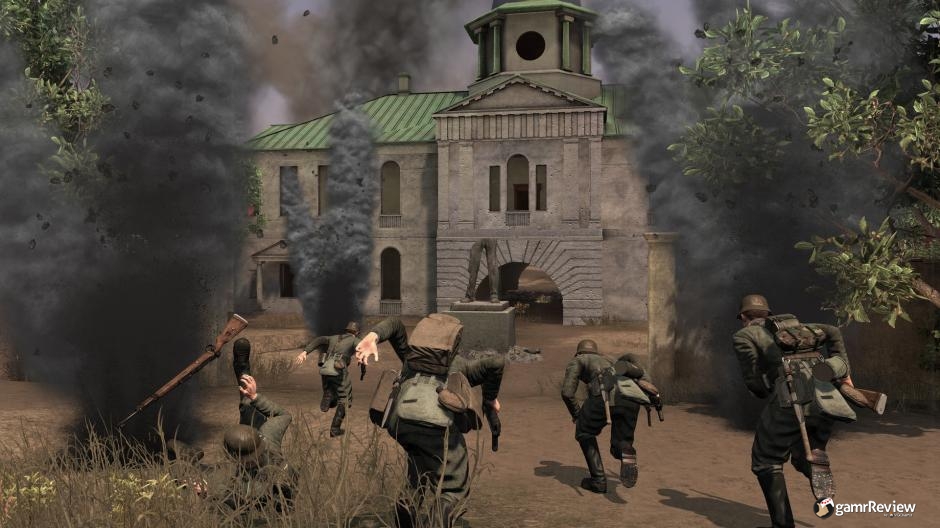
The multiplayer consists of three modes. Firefight is a standard team deathmatch. In Territory, you capture objective points by standing in them when no enemies are present. Countdown is similar to the latter, but you only have one life. You will probably lose this fairly quickly. My personal favourite was Territory, because there was some semblance of structure – pressing T shows you which points you have to attack, and which to defend, so you’re not just wandering around lost when you get killed by a sniper bullet to the head; you are walking purposefully towards your destination when you get killed by a sniper bullet to the head (the second part is unavoidable. You can wait in cover for several minutes and pop out, and you’ll still be sniped. Hell, it can happen when you’re in cover, too, if there’s a sniper behind you).
The gameplay mechanics are certainly designed for a game in which you have to hide a lot. There is a fully built-in first-person cover mechanic which provides temporary relief from painful death. Handily, you can sprint straight from prone mode, and you go back into prone when you stop sprinting. Being shot means almost certain death, unless the shot is very poorly placed, so the use of cover is so essential as to become extremely tiresome, especially when it does not by any means guarantee your safety.
One of Red Orchestra 2’s biggest problems is in distinguishing friend from foe. By the developers’ own admission, the best way to tell between friend and foe is to distinguish between the shade of grey-brown that each team wears. Popping out of cover for long enough to make this distinction means death, so you will most likely just hope for the best and shoot, at which point you are brutally scolded by somebody who team kills just as much as you do. If the player is close to you, being unable to see their name marks them as a foe. But in Red Orchestra 2, being close to an enemy is being just as close to death. Most of your kills will be from a good 100m away, and at this distance it is almost impossible to tell between grey-brown (the German colours) and brown-grey (the Russian colours). A very easy way of handling this would be to clearly differentiate the colours – say, blue and red, or green and black. This is not the only way in which Red Orchestra 2’s struggle for realism manifests itself as hostility.
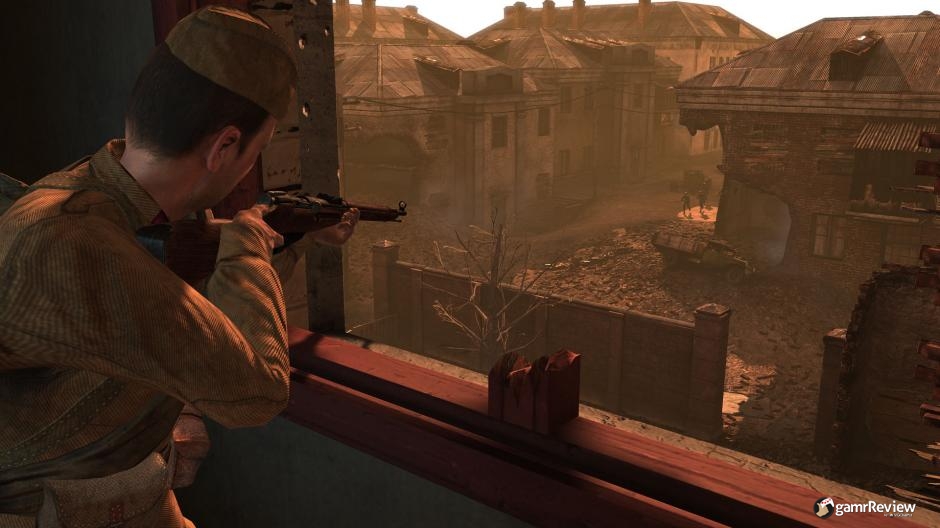
If you have ever claimed that Call of Duty is an arcade shooter with no basis in reality, stop for a moment to think what that means. See, a war simulator is supposed to simulate war, which is by no definition in the world a pleasant place to be. In war, like in Red Orchestra, you will most probably die. You have no ammo counter. You have no aiming assist. You have to manually reload and bolt your weapon. You have to manually adjust the range of your rifle. You spend most of your time sitting in cover inside a building hoping that somebody will walk past and hoping even more that it isn’t one of your teammates. If none of this sounds like fun, that would be because it isn’t fun. Indeed, for anyone who even comes close to enjoying a game like Call of Duty, or Halo, or even a so-called “hardcore” shooter such as Killzone or Battlefield, it’s an absolute nightmare. It’s death after death after death after team kill after team death. If you can rise to that challenge, you will find an experience here which is unmatched in the gaming world. Chances are, however, that you will get frustrated long before then.
Even if you regard the excessive realism as a design decision aimed at a specific demographic, problems remain. For one, the menu system is an absolute nightmare. Matchmaking is far too casual for this game. Rather, it chooses to use server lists. A good 90% of the servers you see will be empty, but fortunately you can edit the filters to remove these. Not that the filters always work, of course. At one point, I asked to be put into a tank-based Firefight game, and the server I chose had me playing as an Infantry soldier in a Territory battle. As I write this review, the servers are all down, and the game kindly informs me that 3500 other people are trying to play with no servers. This is not a fantastic sign.
On top of that, the game is absurdly intensive, and doesn’t look very good at all. It uses a good 70% of my quad-core CPU, and my GTX 460 is apparently only enough to run the game at any decent framerate on Low, which makes the game look rather like a PS2 game. The textures are awful, pop-in is rampant, and character models are far below average, even on the highest settings. All of that, running at 15 frames per second; the framerate is unstable at the best of times, and crashes are too commonplace. The environments are admittedly quite varied, but all of them are depressingly monochrome. It does fit the mood, but only because the mood is one of depression and boredom. Music fares better, with some nice uplifting tracks accompanying your repeated death.
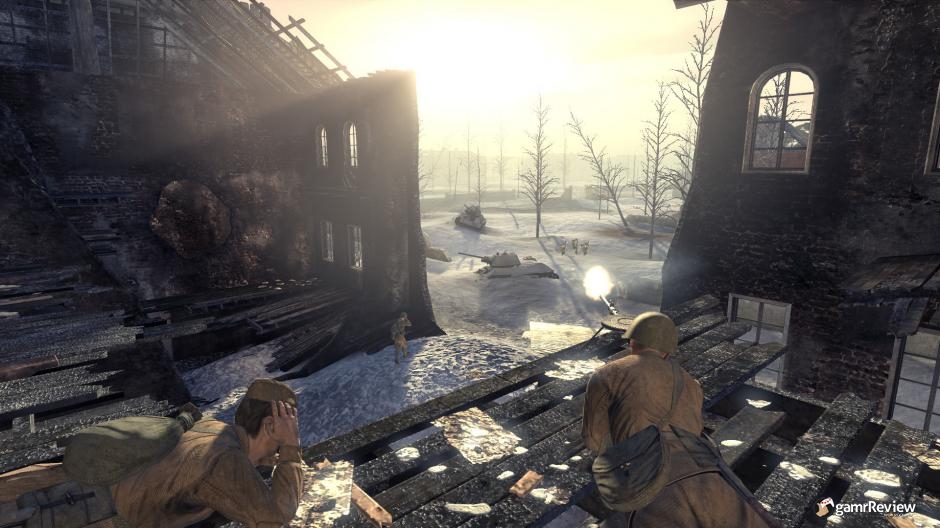
Single-player lasts a few hours, but it’s only worth playing the first level of it, because everything else is just a multiplayer battle with insane AI instead of humans (and you can’t even team kill them). A full levelling system is present in the multiplayer, but that isn’t really important. If you like the game, it will provide you with hours of enjoyment of a kind you’ve never really experienced before. If you don’t, no levelling system in the world will convince you to keep playing. I can’t help but feel, from the success of less realistic and more enjoyable shooters such as Call of Duty, that most gamers, and most FPS fans, will fall into the latter category.
Red Orchestra 2 is a difficult game to review. It is definitely aimed at a very small group of people – the kind who are bored to death by Call of Duty, and moreover, who want shooters to be grittier and more realistic. Even for these people, it is not without its problems. As a general rule, if you don’t like shooters at all, stay far away from this. If you feel that the level of realism in popular FPS is fine, stay far away from this. If, going beyond even games like Call of Duty, you find Battlefield and Counter Strike too unrealistic, and want a game that positively despises you until you master it, you will love this game, and I can’t recommend anything else more. And yet, for that large majority of people who disagree with you, it will be anathema. The best advice I can give to somebody who is intrigued by this game is to think about whether realism is what they really want, and if so, to go ahead and buy it. It’s an experience unmatched in the genre, and whether that is a good thing or a bad thing is entirely up to you.
VGChartz Verdict
6
Decent








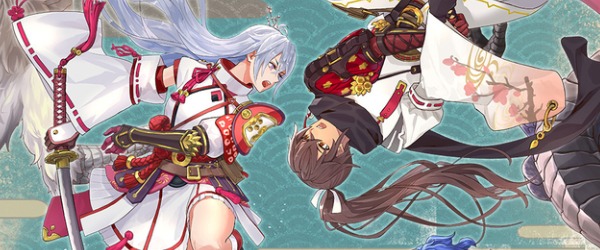


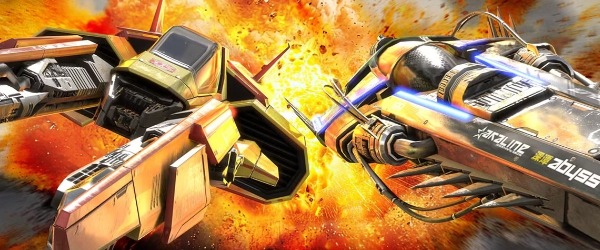












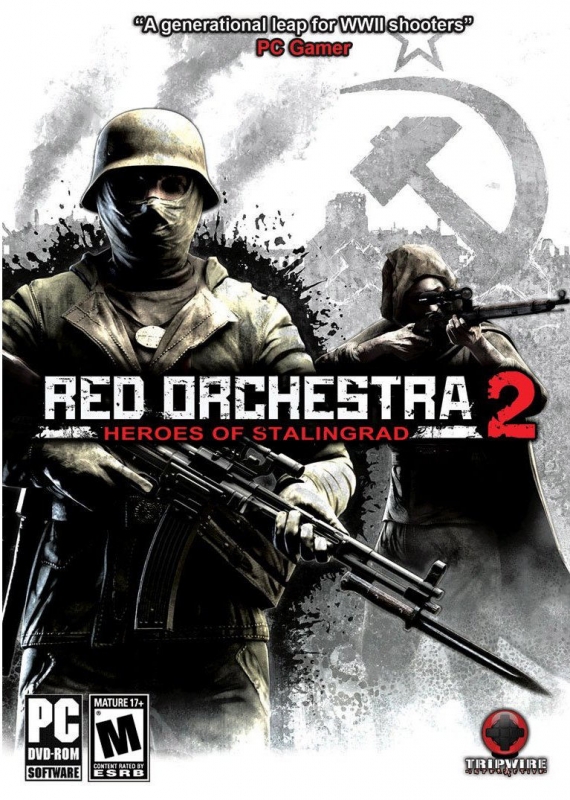

 Essay Pro
Essay Pro